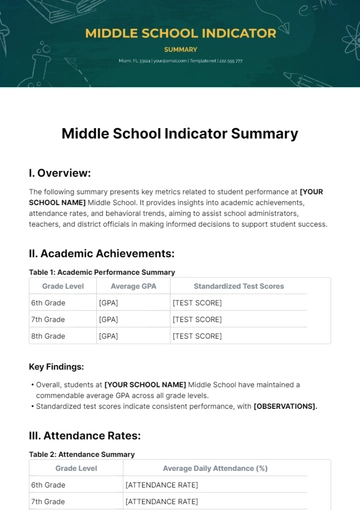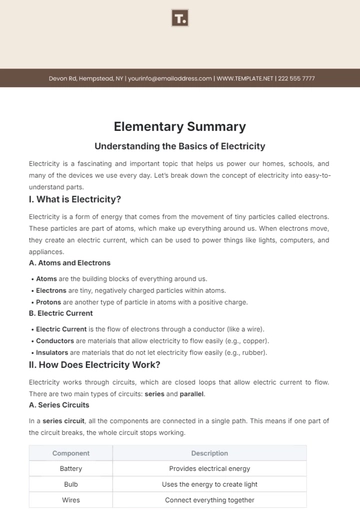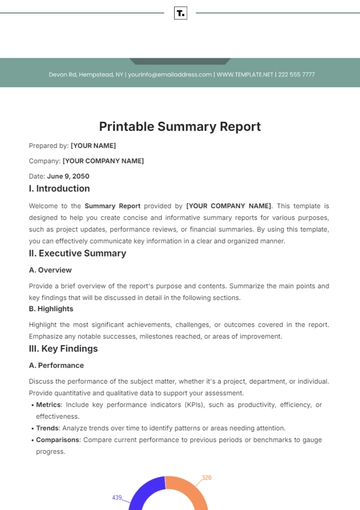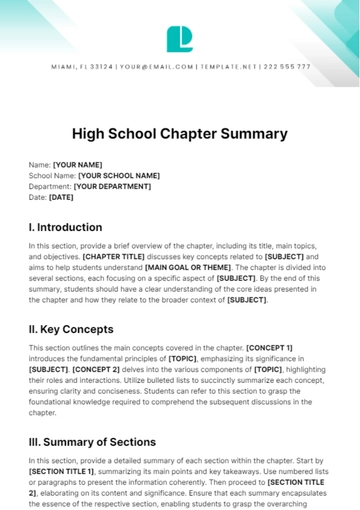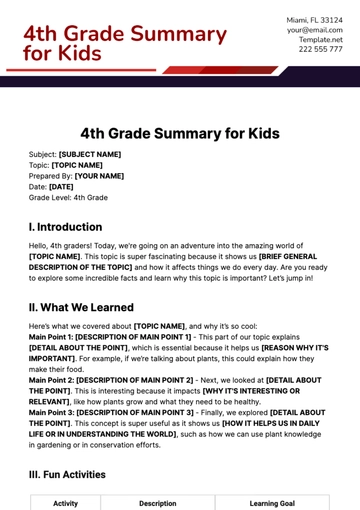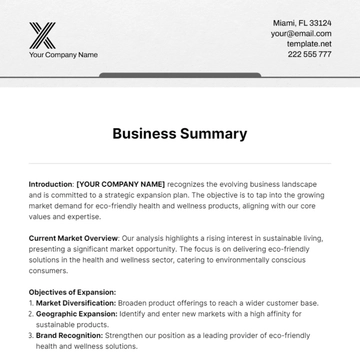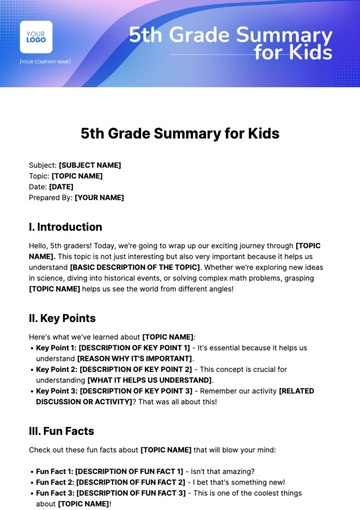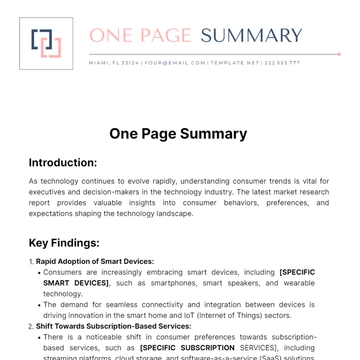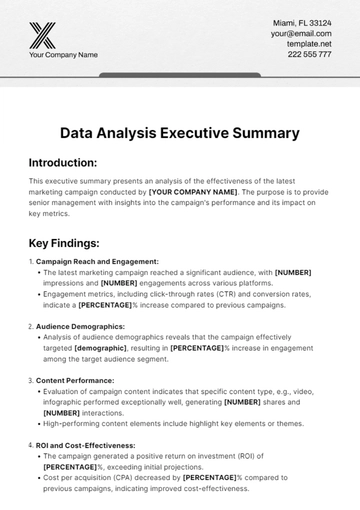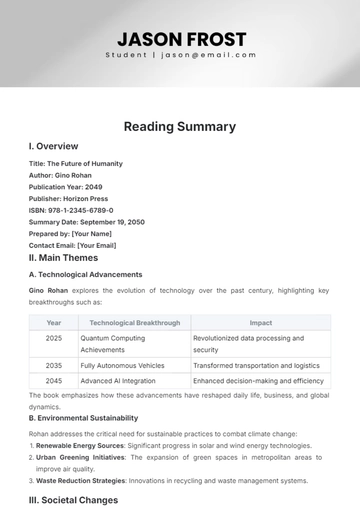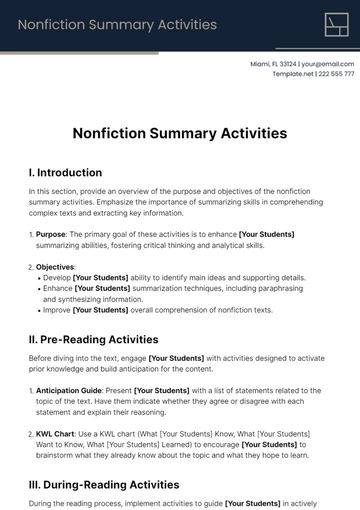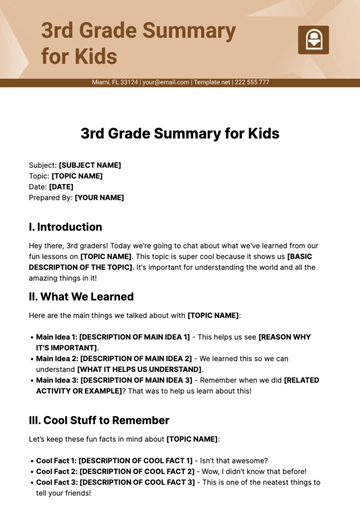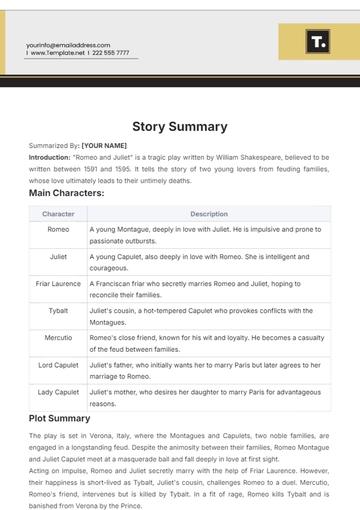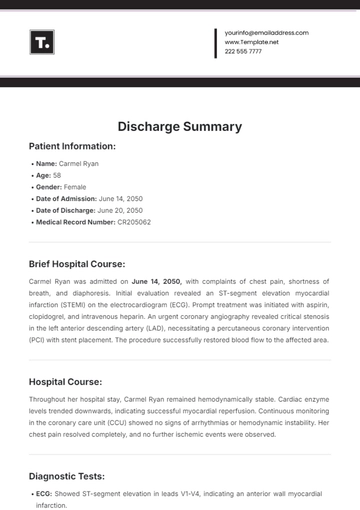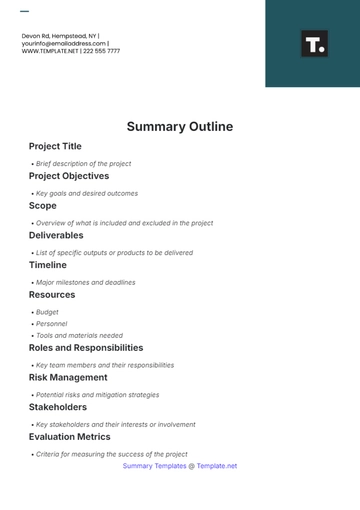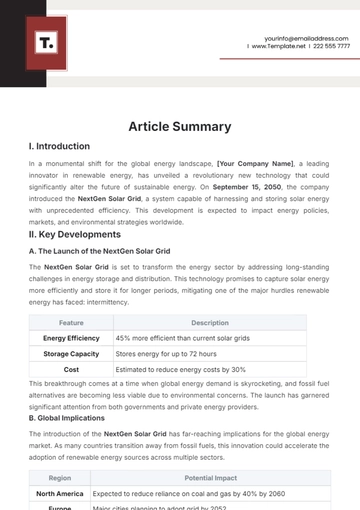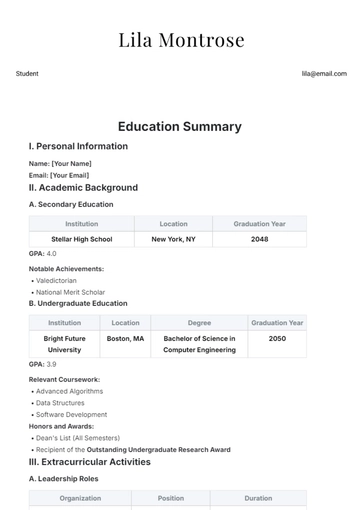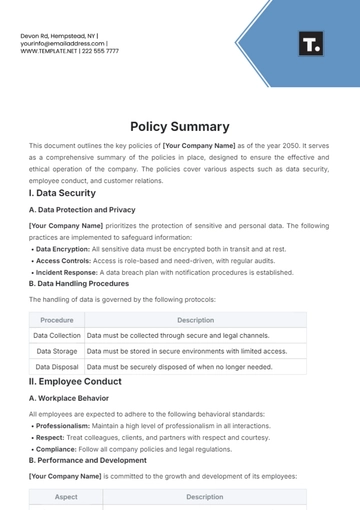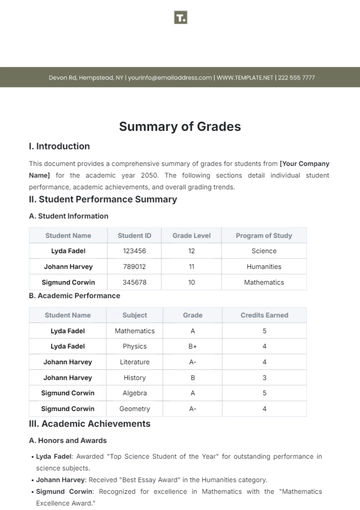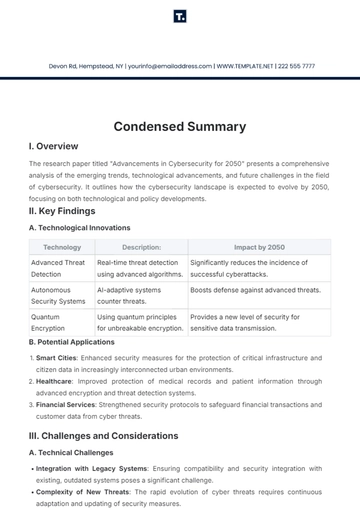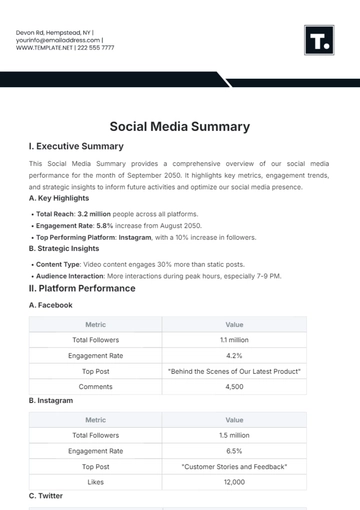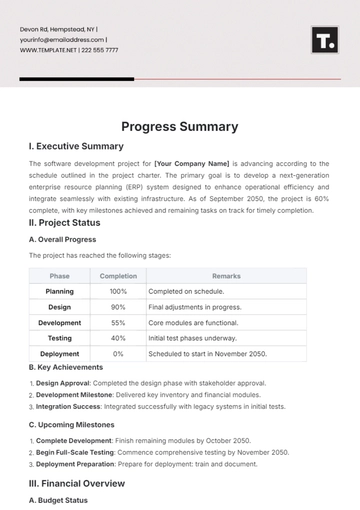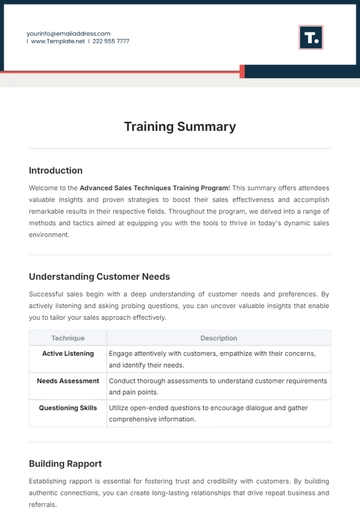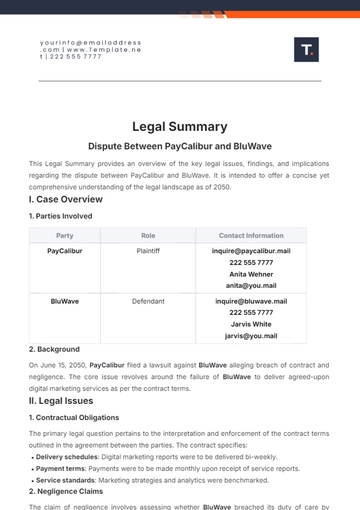Free Nonfiction Graphic Organizer Summary
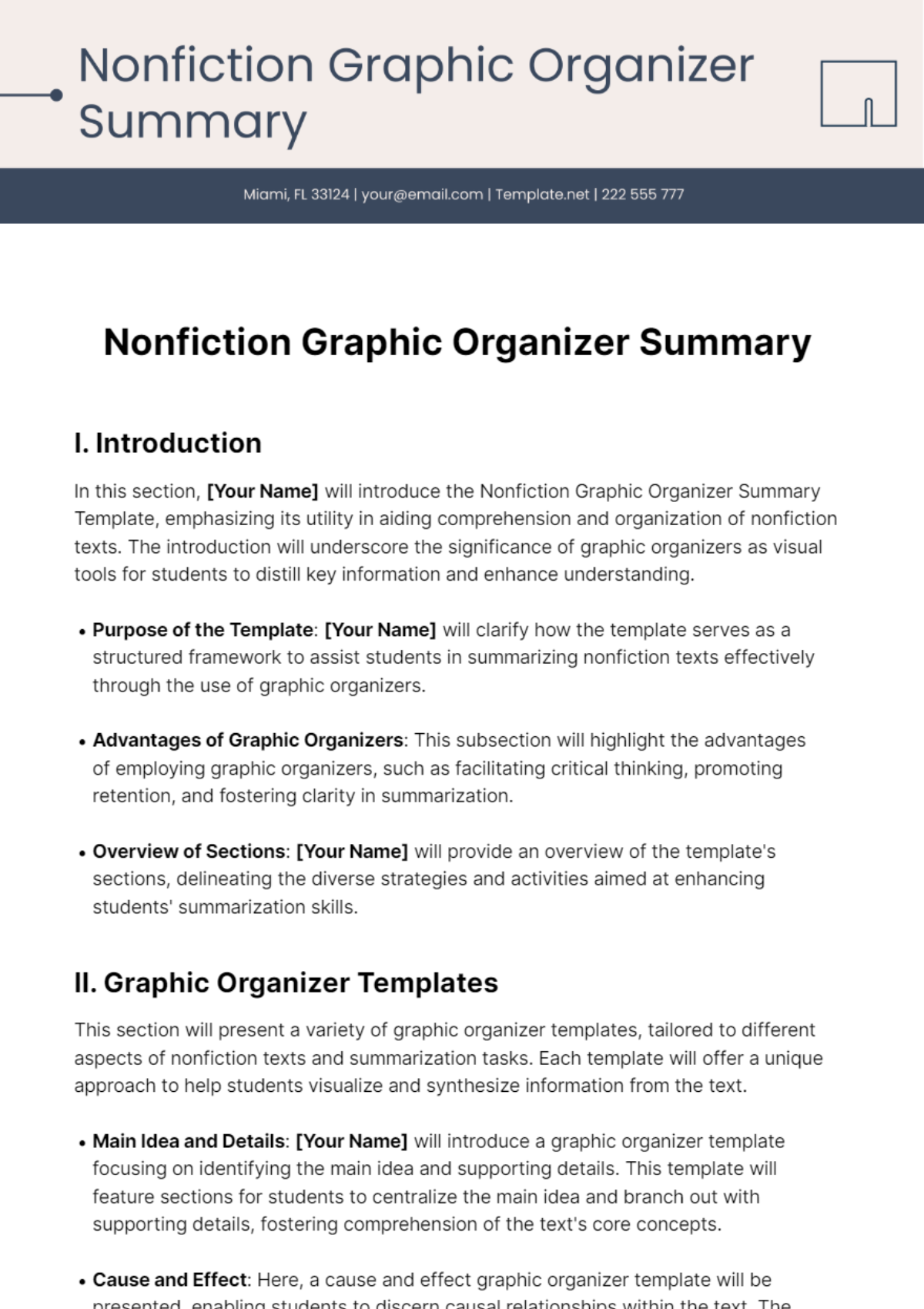
I. Introduction
In this section, [Your Name] will introduce the Nonfiction Graphic Organizer Summary Template, emphasizing its utility in aiding comprehension and organization of nonfiction texts. The introduction will underscore the significance of graphic organizers as visual tools for students to distill key information and enhance understanding.
Purpose of the Template: [Your Name] will clarify how the template serves as a structured framework to assist students in summarizing nonfiction texts effectively through the use of graphic organizers.
Advantages of Graphic Organizers: This subsection will highlight the advantages of employing graphic organizers, such as facilitating critical thinking, promoting retention, and fostering clarity in summarization.
Overview of Sections: [Your Name] will provide an overview of the template's sections, delineating the diverse strategies and activities aimed at enhancing students' summarization skills.
II. Graphic Organizer Templates
This section will present a variety of graphic organizer templates, tailored to different aspects of nonfiction texts and summarization tasks. Each template will offer a unique approach to help students visualize and synthesize information from the text.
Main Idea and Details: [Your Name] will introduce a graphic organizer template focusing on identifying the main idea and supporting details. This template will feature sections for students to centralize the main idea and branch out with supporting details, fostering comprehension of the text's core concepts.
Cause and Effect: Here, a cause and effect graphic organizer template will be presented, enabling students to discern causal relationships within the text. The template will provide space for students to delineate causes, effects, and pertinent examples, promoting deeper understanding of the text's content structure.
Sequence of Events: This subsection will showcase a sequence of events graphic organizer template, designed for texts presenting chronological narratives or processes. The template will offer students a platform to sequence events in chronological order, aiding in comprehension and retention of sequential information.
Compare and Contrast: [Your Name] will introduce a compare and contrast graphic organizer template, facilitating students' analysis of similarities and differences between elements within the text. The template will prompt students to identify shared and divergent characteristics, fostering critical thinking and synthesis skills.
III. Implementation Strategies
In this section, [Your Name] will provide guidance on effectively implementing the graphic organizer summary template within instructional practices to support students' summarization proficiency.
Explicit Instruction: [Your Name] will advocate for explicit instruction on how to utilize the graphic organizer templates, including modeling and guided practice sessions to scaffold students' understanding.
Differentiation: Strategies for differentiating instruction to accommodate diverse learning needs will be explored, such as providing alternative graphic organizer formats and offering additional support as necessary.
Integration Across Disciplines: Here, [Your Name] will discuss ways to integrate the use of graphic organizers across various subject areas, amplifying students' opportunities for practice and application.
IV. Assessment and Feedback
In this section, [Your Name] will address assessment methodologies and strategies for providing constructive feedback to students to support their growth in summarization skills.
Rubric Development: [Your Name] will recommend the development of rubrics tailored to assess students' utilization of graphic organizers for summarization purposes. Criteria such as organization, accuracy, and depth of analysis will be emphasized.
Peer Review: Strategies for implementing peer review activities, wherein students provide feedback to their peers on their graphic organizer summaries, will be explored to foster collaboration and self-reflection.
Teacher Feedback: Practical guidance on providing targeted feedback to students on their graphic organizer summaries, emphasizing strengths and areas for improvement, will be provided to support ongoing skill development.
V. Conclusion
In this final section, [Your Name] will recapitulate the key points elucidated in the template and reiterate the significance of integrating graphic organizer summaries into nonfiction instruction.
Recap of Key Concepts: [Your Name] will summarize the fundamental concepts encapsulated in the template, stressing the value of graphic organizers in bolstering students' comprehension and summarization proficiencies.
Encouragement and Call to Action: This subsection will encourage educators to embrace and adapt the provided strategies to suit their instructional contexts, fostering a culture of active and meaningful learning.
Closing Statement: [Your Name] will conclude with a closing statement affirming the transformative potential of graphic organizer summaries in nurturing students' nonfiction literacy skills.
Summarized By: [YOUR NAME]
- 100% Customizable, free editor
- Access 1 Million+ Templates, photo’s & graphics
- Download or share as a template
- Click and replace photos, graphics, text, backgrounds
- Resize, crop, AI write & more
- Access advanced editor
Unleash the power of structured learning with our Nonfiction Graphic Organizer Summary Template, exclusively on Template.net! Tailored for efficiency, it's fully editable and customizable to streamline your teaching process. Seamlessly integrate your insights using our Ai Editor Tool, empowering you to create engaging summaries with ease. Master nonfiction comprehension effortlessly!
